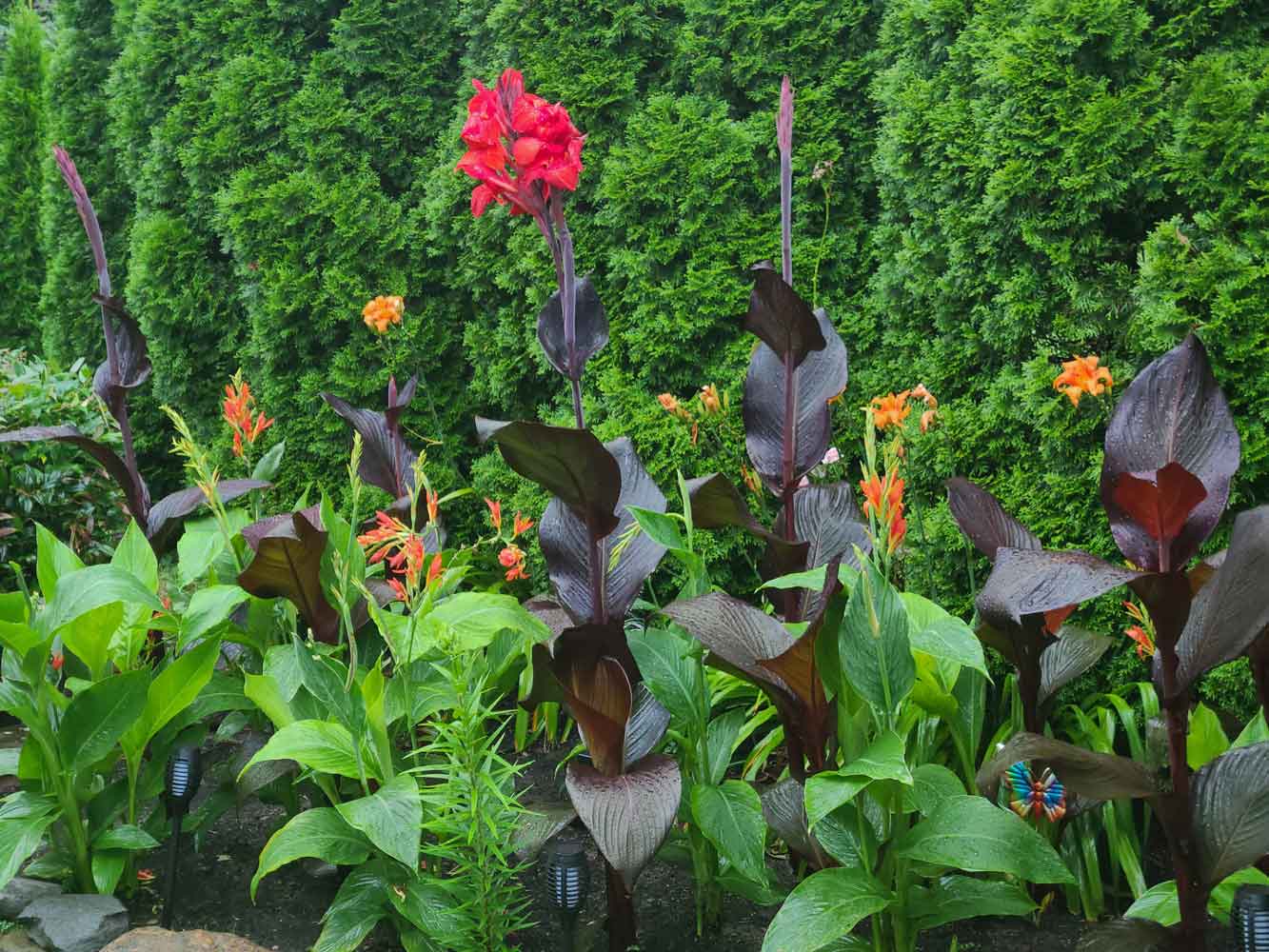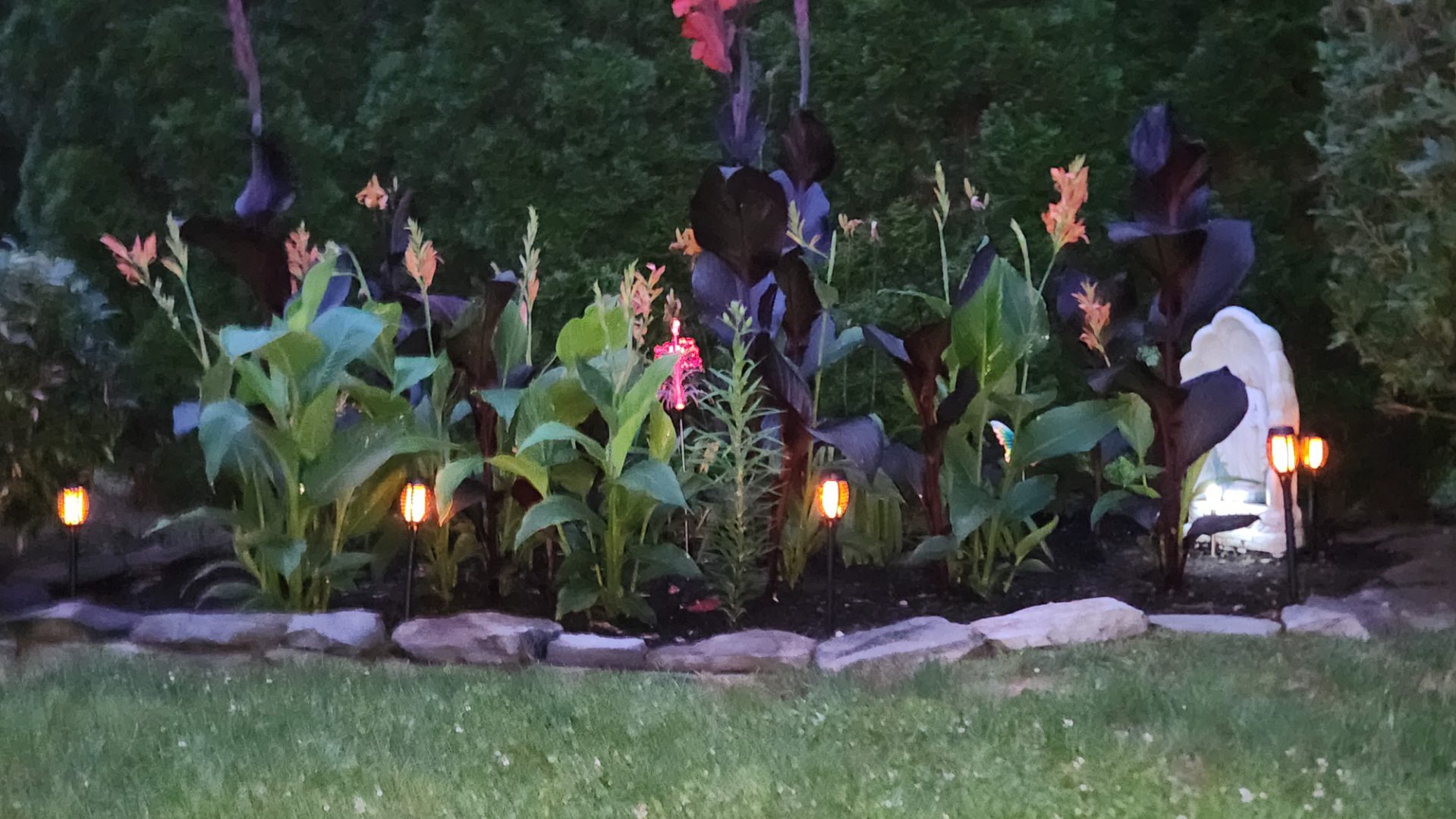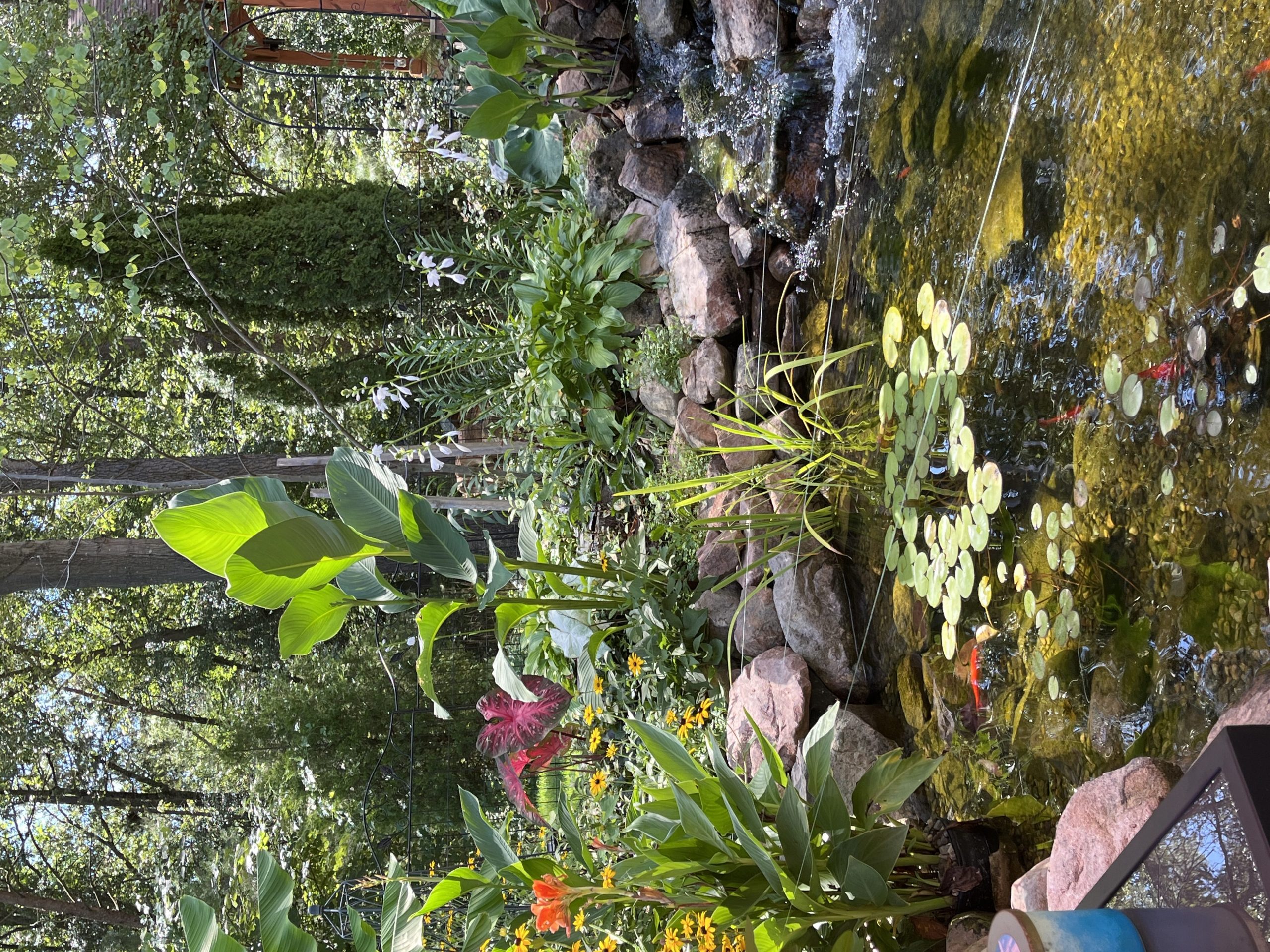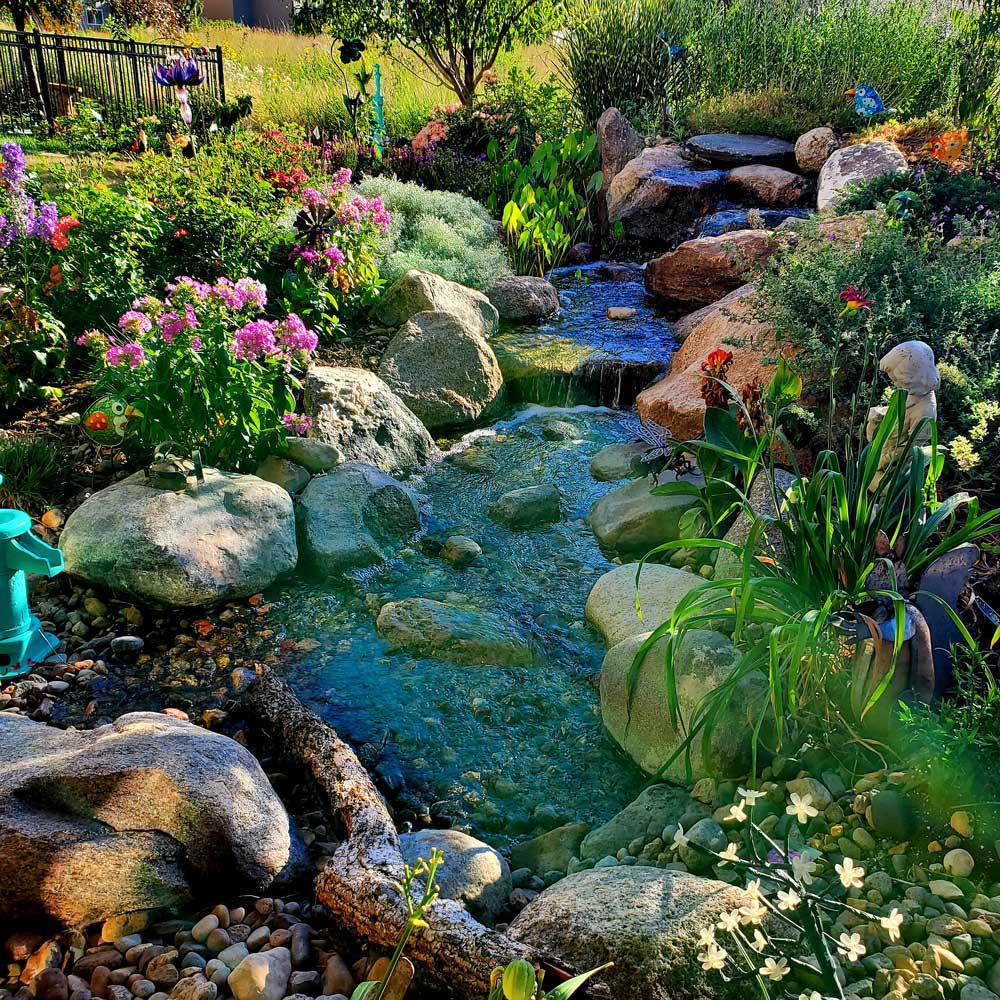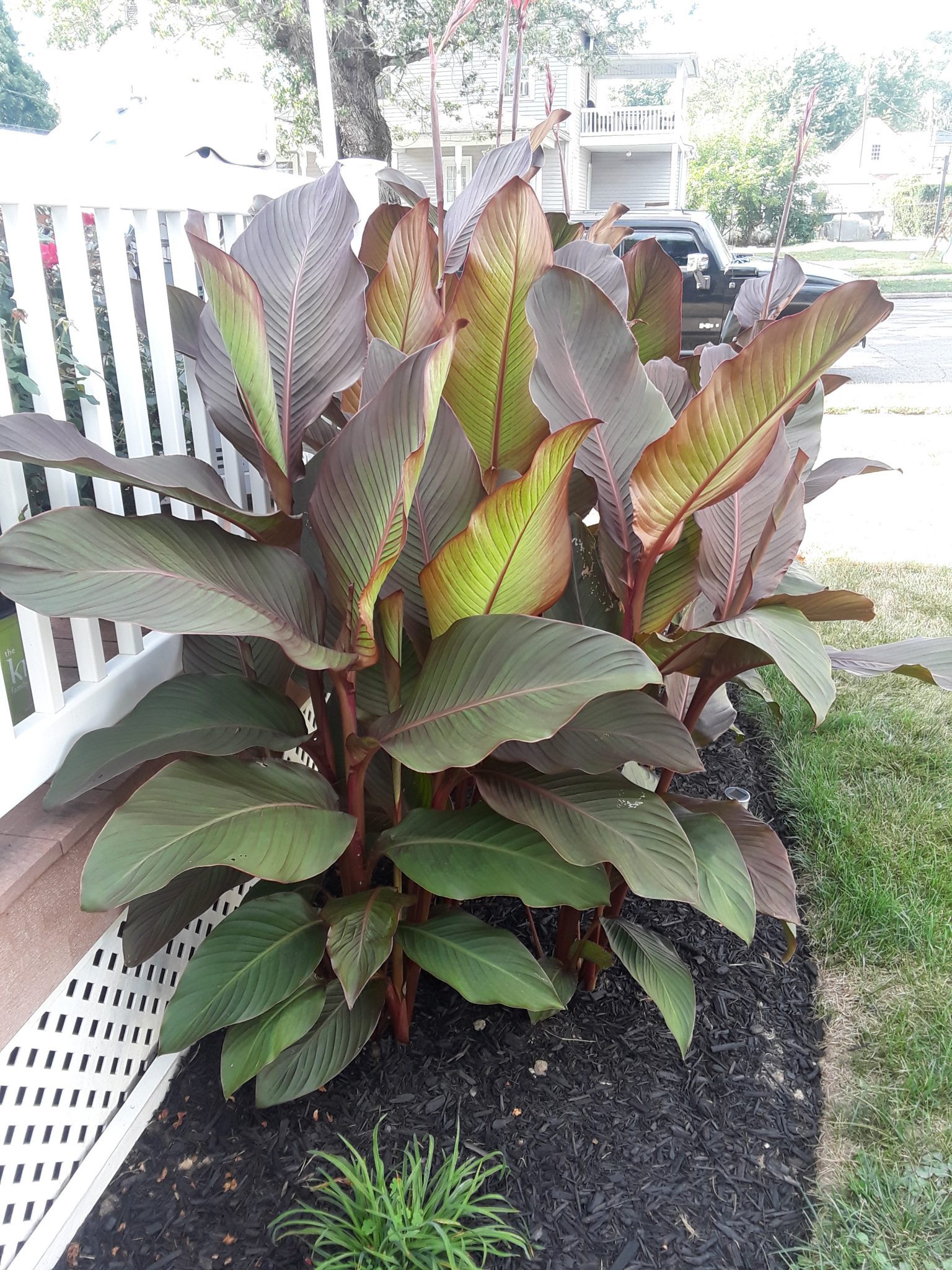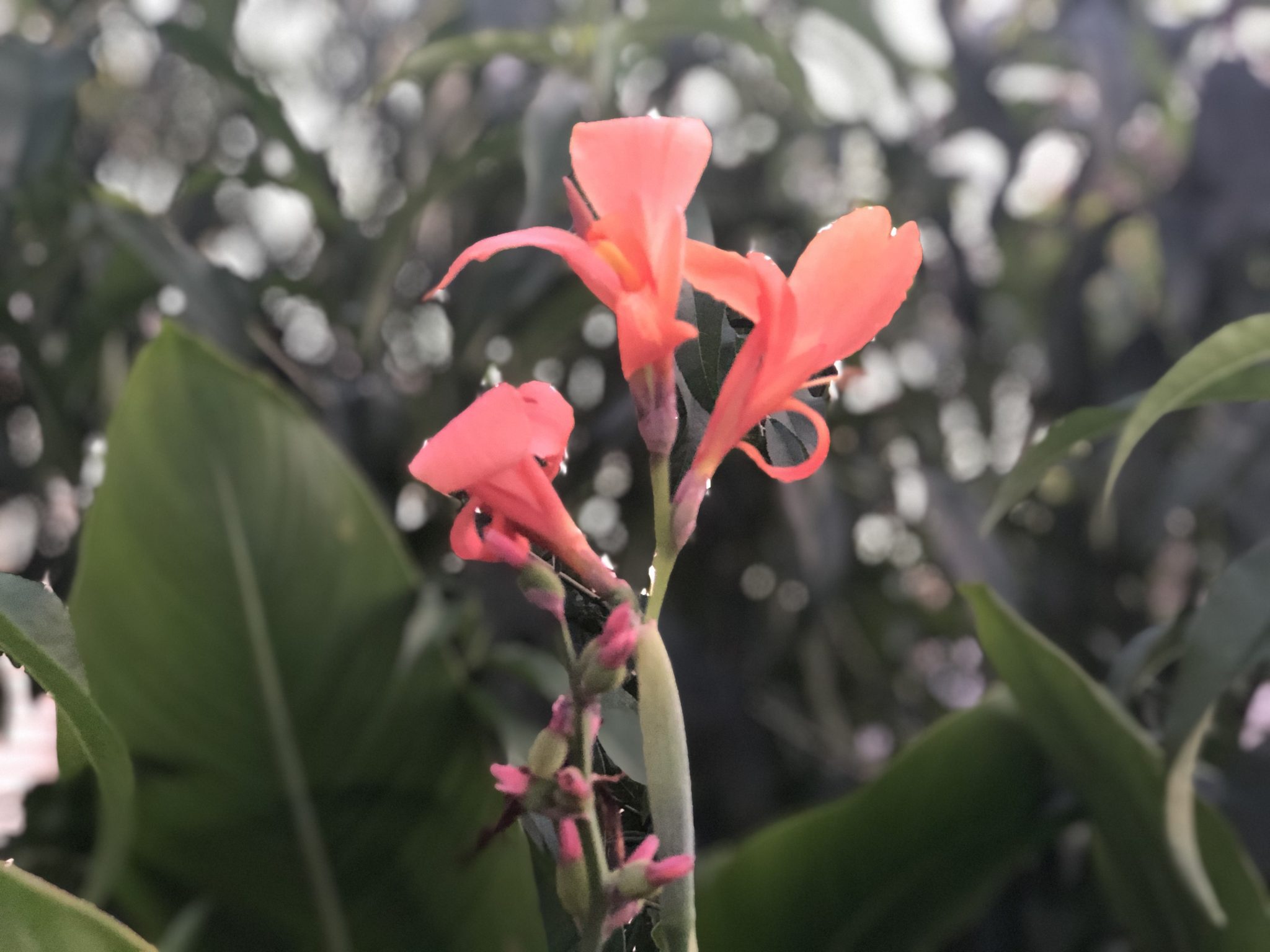About Canna Lilies
Cannas, scientifically known as Canna Indica, share the common name “canna lilies” despite their lack of relation to true lilies. This perennial flowering plant is more closely linked to bananas and gingers, which might not be surprising given its tropical appearance, characterized by large paddle-shaped leaves in vibrant shades of red, orange, and bronze.
Despite their tropical look, some canna species are indigenous to the United States. The iris-like shape of their flowers is complemented by massive leaves that elegantly wrap around stems, culminating in refined buds that unfurl into expansive, rainbow-hued blooms throughout the summer, enduring even in intense heat.
A fun fact is that while often referred to as “bulbs,” it’s important to note that cannas don’t fit the definition of true bulbs. Instead, they propagate below the soil through rhizomes, which are underground stems.
When to Plant Canna Lily Bulbs
In the north, start rhizomes indoors about six weeks before your last frost in pots of good, rich potting soil. The pots should be in a warm, sunny area and kept well-watered. The bulbs (rhizomes) may also be planted directly in the ground after the last frost when the ground is warm, but they may be slow to start growth and late to bloom. In frost-free areas, the rhizomes can be planted at any time.
Where to Plant Canna Lily Bulbs
Cannas will grow almost anywhere, as a perennial in the south and a summer flowering plant whose rhizomes can be easily lifted and stored in the north. Choose a spot in your garden that receives full sunlight. The bulbs should be planted in a location where the soil drains well. Cannas can thrive in moist soils but will not tolerate standing in water puddles.
How to Plant Canna Lily Bulbs
For outdoor planting, dig holes that are four to six inches deep, and two feet apart for tall varieties and one foot for the others. Then dig in a little peat moss and perlite. For planting in pots, fill a large pot to within six inches of the top with a well-draining potting mix into which you have added a little peat moss and perlite. Place one rhizome into each hole. If your pot is large, you can plant two or three cannas in each pot. Backfill your pot or hole with additional soil until the rhizomes and roots are well covered. Gently pat down the dirt around the base. Water your new plant well and expect it to begin sending out new leaves and, when the weather is warm, flowers.
How to Care for Canna Lilies
In climates that are warm year round, cannas can remain in the ground and be given a dose of fertilizer in the spring to start the growing process over again. Frost will kill them during the cooler months, but if you mulch with straw, old leaves or other organic matter in the fall, your cannas should come back with vibrant new foliage and flowers the following spring. In climates where the ground freezes hard in the winter, you will need to dig up your plants in the fall, after the first frost, let them air dry for a few days and try storing your bulbs in a cool dry place (in a paper bag or a box filled with peat moss). With a little luck, you may manage to preserve the bulbs for next spring planting. Gardeners in the cooler zones can also plant their cannas in pots which can be brought indoors for the winter.

